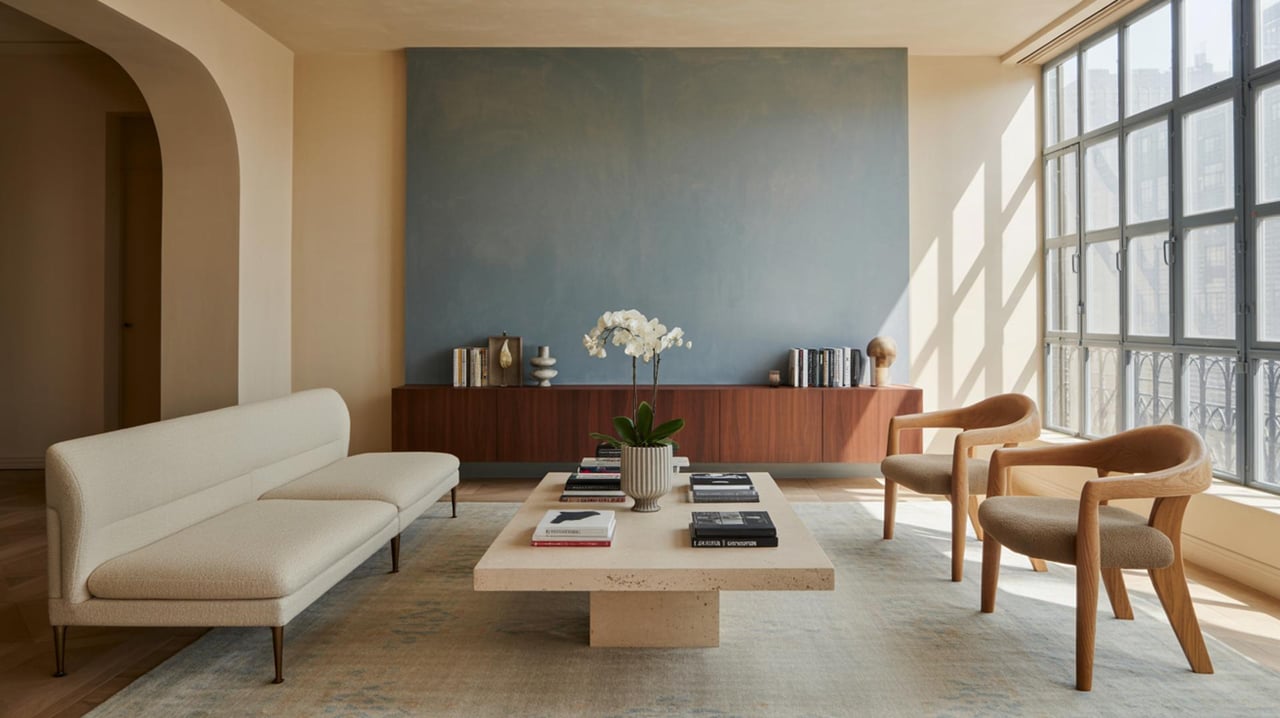Selecting the perfect paint color for a room can transform a space, setting the mood and enhancing the overall aesthetic. The right hue can make a room feel cozy, spacious, or vibrant, depending on the desired effect. Choosing paint colors involves more than just picking a favorite shade; it requires a thoughtful approach that considers lighting, room purpose, and existing decor. Understanding these elements can help create a harmonious and visually appealing environment.
Understanding Color Psychology
Color psychology plays a significant role in how a room's paint color can affect mood and perception. Different colors evoke different emotions and reactions. For instance, blues and greens are often associated with calmness and tranquility, making them ideal for bedrooms and bathrooms. On the other hand, warm colors like reds and oranges can energize a space, making them suitable for social areas like living rooms and dining rooms. Understanding the psychological impact of colors can guide the selection process, ensuring that the chosen hues align with the intended atmosphere of the room.
Considering Natural and Artificial Lighting
Lighting is a crucial factor in selecting paint colors, as it can dramatically alter the appearance of a hue. Natural light varies throughout the day, affecting how colors are perceived. A room with ample sunlight may enhance lighter shades, while a space with limited natural light might benefit from warmer tones to add coziness. Artificial lighting, including the type of bulbs used, also impacts color perception. Incandescent bulbs tend to bring out warm tones, while fluorescent lighting can highlight cooler shades. Testing paint samples under different lighting conditions can help determine how a color will look at various times of the day.
Harmonizing with Existing Decor
When selecting paint colors, it's important to consider the existing decor and furnishings in the room. The paint should complement the furniture, artwork, and textiles to create a cohesive look. For instance, a neutral wall color can provide a versatile backdrop for bold furniture pieces, while a vibrant wall color might be better suited for rooms with more subdued furnishings. Creating a color palette that includes the room's existing elements can ensure a harmonious and balanced design.
Testing Paint Samples
Before committing to a paint color, testing samples on the walls is a valuable step. Paint swatches can look different on a wall compared to a small sample card, so applying a few test patches can provide a clearer picture of how the color will appear. It's advisable to test samples on different walls, as lighting and shadows can vary within the same room. Observing the samples at different times of the day can also help in making an informed decision.
Choosing the Right Finish
The finish of the paint can affect both the appearance and durability of the color. Different finishes, such as matte, eggshell, satin, and gloss, offer varying levels of sheen and reflectivity. A matte finish provides a smooth, non-reflective surface, ideal for hiding imperfections, while a gloss finish offers a shiny, durable surface that can highlight architectural details. Considering the room's function and the desired look can guide the choice of finish, ensuring it meets both aesthetic and practical needs.
Using Color to Define Spaces
In open-plan layouts, paint colors can be used strategically to define and differentiate spaces. Using different hues for various areas can create visual boundaries without the need for physical partitions. For example, a distinct color for the dining area can set it apart from the living space, even within the same room. This approach can enhance the functionality of open spaces, providing a sense of order and organization.
Incorporating Accent Walls
Accent walls are an effective way to introduce bold colors without overwhelming a space. By painting one wall in a contrasting hue, an accent wall can add depth and interest to a room. This technique works well in spaces where a full room of color might be too intense, allowing for creativity and experimentation with vibrant shades. Choosing a wall that naturally draws attention, such as one with a fireplace or a large window, can maximize the impact of an accent wall.
Balancing Color with Neutrals
Neutrals play a vital role in balancing bold colors and creating a timeless look. Incorporating neutral tones, such as whites, grays, and beiges, can soften vibrant hues and provide a calming influence. Neutrals can also serve as a unifying element, tying together different colors and patterns within a room. Using neutrals strategically can enhance the overall design, ensuring that bold colors remain visually appealing and not overpowering.
Considering the Room's Purpose
The function of a room should influence the choice of paint color. Different activities and purposes call for different atmospheres, and color can help achieve the desired effect. For instance, a home office might benefit from colors that promote focus and productivity, such as soft blues or greens. In contrast, a playroom might be suited to bright, cheerful colors that stimulate creativity and energy. Aligning the paint color with the room's purpose can enhance its functionality and user experience.
Staying True to Personal Style
Ultimately, the choice of paint color should reflect personal style and preferences. While trends and expert advice can provide guidance, the final decision should resonate with the homeowner's taste. A room's color should be something that brings joy and comfort, creating a space that feels uniquely personal. Trusting one's instincts and embracing individual style can lead to a more satisfying and authentic home environment.
Transform Your Space with the Right Colors
Choosing the perfect paint color can truly transform your home, making it feel more inviting and reflective of your personal style. With the right hues, each room can become a unique expression of your taste and a comfortable retreat. If you're ready to explore the endless possibilities of color in your home, consider reaching out to Philip Batlin for expert guidance. Let Philip Batlin help you create a space that you'll love coming home to.




